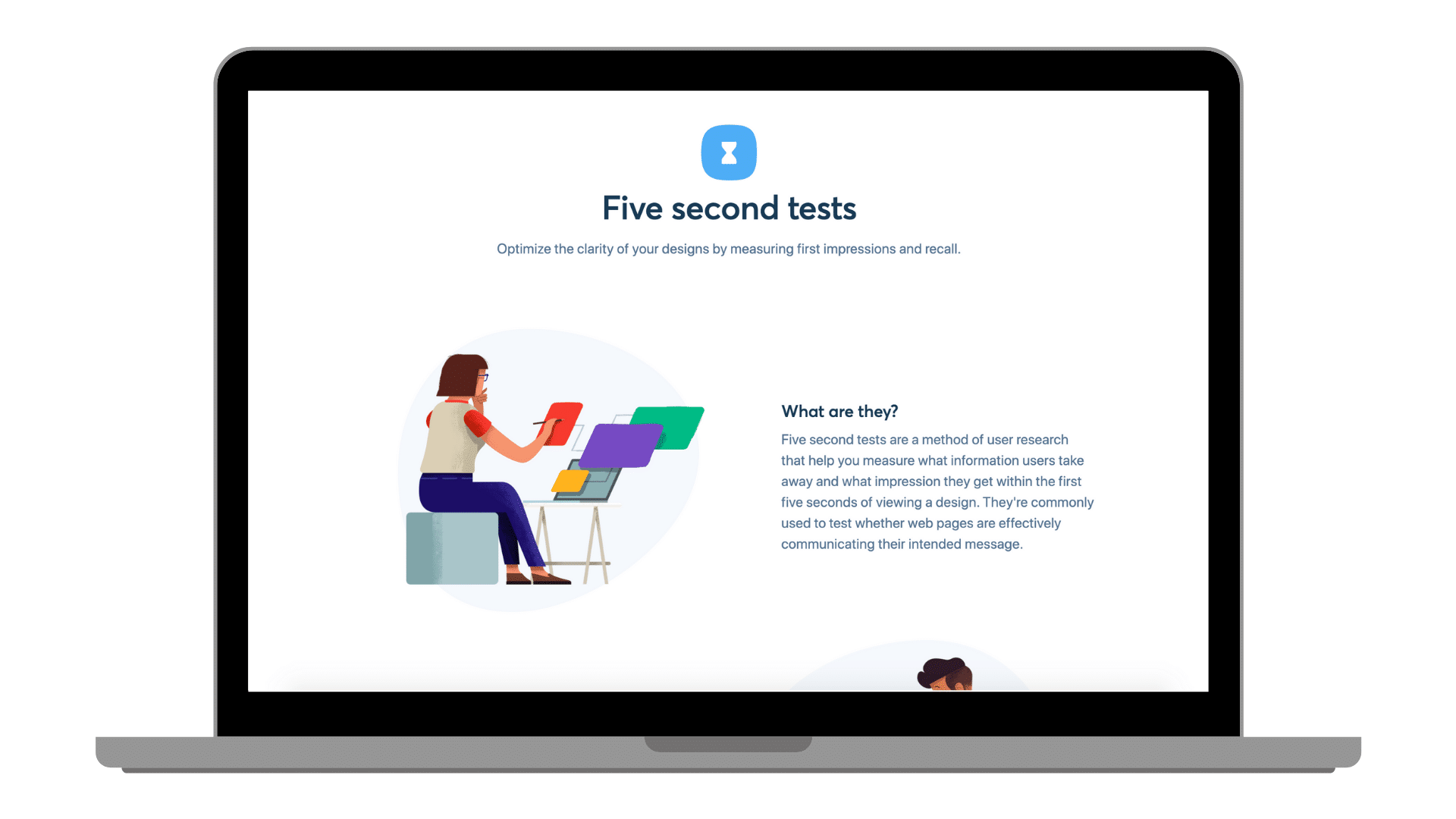Clarity. It’s a word that gets tossed around by marketers, but how do you actually clarify your message and compel people to take action?
Making the words on your ads, emails, website, and landing pages as clear as possible is crucial if you want people to move through your marketing funnel flywheel.
It’s not just a “nice-to-have,” but a need-to-have these days.
Clarity reduces confusion. It eliminates friction. It builds understanding. And it keeps the reader engaged.
The origins of clarifying your message
For a long time in my early marketing career, I ignored this advice. It wasn’t until I read Building a StoryBrand by Donald Miller that I started appreciating the importance of clarifying your message.
Here are a few of my favorite quotes from the book, that drill down to the importance of bringing clarity to your marketing messages:
“In every line of copy we write, we’re either serving the customer’s story or descending into confusion; we’re either making music or making noise.”
“Imagine your customer is a hitchhiker. You pull over to give him a ride, and the one burning question on his mind is simply Where are you going? But as he approaches, you roll down the window and start talking about your mission statement, or how your grandfather built this car with his bare hands, or how your road-trip playlist is all 1980s alternative. This person doesn’t care.”
“Everybody wants to be taken somewhere. If we don’t tell people where we’re taking them, they’ll engage another brand.”
If you like where the author is going with these ideas, I highly encourage you to check out Building a StoryBrand. It’s a great read.
Okay, by now, you’re probably convinced that clarifying your message is something you need to do. But how do you do it?
Over the years, I’ve accumulated several tips that have helped me clarify the marketing messages on hundreds of landing pages, emails, ads, and more.
Start with a great offer
All great marketing starts with a great offer at the core. The messaging supports the offer in a way that makes the reader want to take action.
So it makes sense that in order to bring clarity to your message, you first need to be very clear about what you’re offering.
I can’t tell you how many times I’ve consulted with a client who had no idea what they were offering. They would say things like, “we want more clicks,” or “we want people to engage with us.” But what does any of that mean?!
Clicks and engagement don’t pay the bills. Leads and sales do.

As a starting point, I encourage you to look at what you’re offering in each marketing campaign and figure out if it is clear enough. If not, start your work there before you move on to the broader messaging.
Reduce friction
Friction is the enemy of every marketer. But what is it?
Here’s how Jerry Cao writing for The Next Web puts it:
The devil often comes in many names and many forms. Some define friction as any hurdles the user must overcome, whether that’s loading times or poor navigation. Others use the term for anything excessive or unneeded in the interface. Fans of Steve Krug, writer of Don’t Make Me Think, identify friction as “cognitive load,” basically any thought involved in the task that isn’t required.
Essentially, friction needs to be eliminated not only from your copy, but from the user experience as well.

Take a landing page for example. If the page is slow to load, it creates friction for the visitor. If the text is difficult to read due to the small font size or the contrast of the color palette, that all creates friction. Everything needs to be considered.
Increase motivation
On the flip side of friction is motivation. This is what drives your reader to take action and fill out the form, reply to the email, buy the product, click the button, etc.
When taken together, we start to see how the best marketers are constantly trying to reduce friction and increase motivation at the same time.
One simple way to increase motivation is to ask the reader to do something. Yeah, it sounds obvious, but it’s overlooked all the time.
Have you ever read an amazing email that ended with a whimper? Or visited a landing page that shared a bunch of useful info but didn’t lead to anything else?
This is where the concept of a “call-to-action” (CTA) comes in. And while I won’t get into the nuances of CTAs in this article, let me just say that if you don’t have a CTA on your landing pages or website, you’re missing out.
Great CTAs are also very specific. They don’t ask the reader to “Download” or “Submit.” Instead, they say things like “Get Instant Access to the Guide,” or “Yes, I Want a Free Consultation!” Those are just two quick examples, but hopefully you get the point. Be specific.
Make it memorable with a story
Stories are magical. They bring life to boring subjects. And they can help you clarify your marketing messages unlike anything else.

For example, would you rather hear about the history of my consulting business, or would you rather I tell you the story of how I went from starting a side business in college with $100 while training to become a police officer, only to suffer multiple setbacks and ultimately settling on an alternate career path that led to helping 100s of businesses 10x their marketing campaigns?
It’s the same topic, but one is infused with a story. And that’s what gets people excited.
Figure out how you can weave a story throughout your campaign. And better yet, if you can make the story about your reader—rather than about yourself—that is even better!
Run a five second test
Finally, the last thing I want to share that will help you clarify your message so people end up taking action is based around another topic I’ve covered in detail here on the GrowthMarketer blog—The Five Second Test.
Essentially, a five second test lets you get an idea of first impressions of a landing page, ad, email, or any other marketing collateral.

If you’re not familiar with this research method, read my in-depth article to learn how to run a five second test.
After you implement the other tips in this article, running a five second test can help you see if it made a difference.
Final thoughts
In a world of shorter attention spans, fragmented mobile browsing behavior, and infinitely more distractions, clarifying your message has never been more important.
I could go on and on about the importance of clarity as a marketer, but the most important points are all shared above. So now it’s up to you to put them into practice on your website, in your emails, and everywhere else you need to bring clarity to your marketing messages.
Lastly, I wouldn’t be practicing what I’m preaching if I didn’t end with a call-to-action. 😉 So if you found this article helpful, would you do me a favor and share it with anyone who needs to hear it?





